What is beta range turboprop – What is a beta range turboprop? Enter the realm of aviation innovation, where this remarkable aircraft type soars, combining the efficiency of a turboprop with the extended range capabilities of a jet. Dive into the world of beta range turboprops, exploring their unique characteristics, diverse applications, and the engineering marvels that make them a force in the skies.
Beta range turboprops stand apart with their exceptional capabilities, offering a blend of speed, endurance, and versatility. Discover the advantages and drawbacks of these aircraft compared to other types, unlocking the secrets of their design and engineering. From the cockpit to the cabin, unravel the complexities of beta range turboprops, deciphering their key components and systems.
Introduction
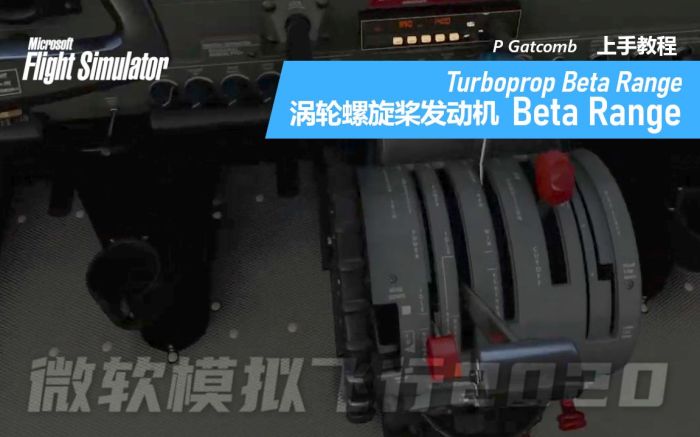
In the realm of aviation, turboprop aircraft occupy a unique niche between piston-engine and jet-powered aircraft. Among the various turboprop categories, the beta range stands out as a versatile and efficient choice.
Beta range turboprops are characterized by their relatively high power-to-weight ratio, enabling them to carry significant payloads while maintaining a reasonable fuel consumption rate. These aircraft typically feature larger engines and propellers compared to their counterparts in the alpha range, providing increased thrust and efficiency.
Examples of Beta Range Turboprop Aircraft
Examples of beta range turboprop aircraft include:
- Beechcraft King Air 350
- Cessna Caravan 208
- Piper Meridian
- Pilatus PC-12
- Daher TBM 900
Characteristics of Beta Range Turboprops
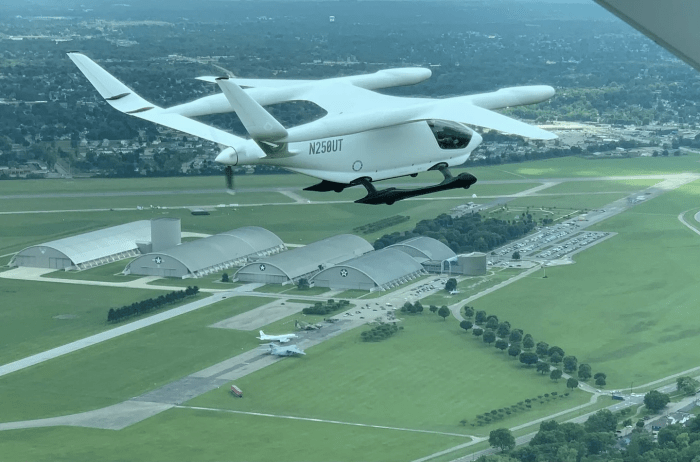
Beta range turboprops occupy a unique niche in the aviation landscape, exhibiting a blend of capabilities and characteristics that set them apart from other aircraft types. These versatile aircraft offer advantages and trade-offs that make them suitable for a range of applications.
Advantages of Beta Range Turboprops
- Fuel Efficiency:Turboprops excel in fuel efficiency compared to jet aircraft, thanks to their propeller-driven engines that consume less fuel per passenger mile.
- Short Takeoff and Landing (STOL) Performance:Beta range turboprops are renowned for their STOL capabilities, enabling them to operate from short runways and rough terrain.
- Versatility:These aircraft can be configured for various roles, including passenger transport, cargo hauling, and aerial surveys.
Disadvantages of Beta Range Turboprops
- Speed and Range:Beta range turboprops generally have lower speeds and shorter ranges compared to jet aircraft.
- Noise:Turboprops tend to be noisier than jet aircraft, particularly during takeoff and landing.
- Propeller Limitations:Propellers have inherent limitations in terms of efficiency and speed compared to jet engines.
Overall, beta range turboprops offer a compelling combination of fuel efficiency, STOL performance, and versatility, making them well-suited for short-haul regional flights, cargo operations, and missions requiring access to challenging runways.
Applications of Beta Range Turboprops
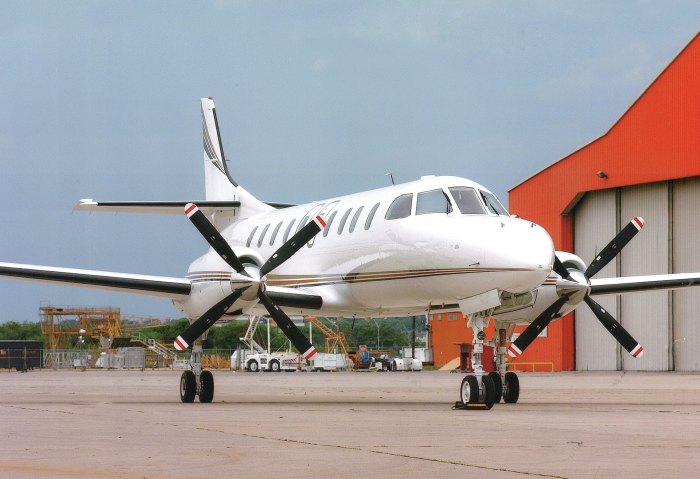
Beta range turboprops are versatile aircraft that find applications in a wide range of roles. They offer a combination of speed, efficiency, and versatility, making them suitable for various industries and missions.
One of the primary applications of beta range turboprops is in regional air transport. These aircraft are commonly used by regional airlines to connect smaller cities and towns with larger hubs. Their ability to operate on shorter runways and in challenging weather conditions makes them ideal for these regional routes.
Cargo Transport
Beta range turboprops are also widely used for cargo transport. Their spacious cabins and ability to handle large payloads make them suitable for transporting a variety of goods, including perishable items, medical supplies, and equipment. They are often used by cargo airlines and logistics companies to deliver goods to remote or underserved areas.
Corporate and Executive Transport
In the corporate and executive transport sector, beta range turboprops are popular choices for businesses and individuals seeking a combination of comfort, speed, and efficiency. They offer a spacious and luxurious cabin environment, allowing passengers to work or relax during their travels.
Special Missions
Beta range turboprops are also employed in various special mission roles, including maritime patrol, search and rescue, and aerial surveillance. Their long range and endurance make them suitable for these missions, where they can operate for extended periods in remote or challenging environments.
Design and Engineering Considerations: What Is Beta Range Turboprop

Beta range turboprops present unique design and engineering challenges due to their high power-to-weight ratio and stringent efficiency requirements. Understanding these challenges and the principles behind their design is crucial for developing efficient and reliable beta range turboprops.
The beta range turboprop, a variant of turboprop engines, offers increased efficiency and reduced noise emissions. While its symbol may not resemble an “upside down y” ( upside down y symbol meaning ), it nevertheless represents a significant advancement in turboprop technology.
Key components of a beta range turboprop include the gas generator, propeller, and gearbox. The gas generator comprises a compressor, combustor, and turbine, which generate hot gas to drive the turbine and power the propeller. The propeller is specially designed to operate efficiently at the high speeds and altitudes characteristic of beta range turboprops.
Key Design Considerations
Several factors influence the design of beta range turboprops:
- Power-to-Weight Ratio:Achieving a high power-to-weight ratio is critical for beta range turboprops. This involves optimizing the design of the gas generator, propeller, and gearbox to minimize weight while maximizing power output.
- Efficiency:Beta range turboprops require high efficiency to maximize fuel economy. This involves optimizing the aerodynamic design of the compressor, combustor, and turbine to minimize losses and improve overall efficiency.
- Altitude Performance:Beta range turboprops must maintain performance at high altitudes. This requires careful design of the gas generator and propeller to ensure adequate power and efficiency even in thin air.
Propeller Design
The propeller of a beta range turboprop plays a vital role in its performance. Propeller design considerations include:
- Number of Blades:Beta range turboprops typically have two or three blades to optimize efficiency and reduce noise.
- Blade Shape:The shape of the propeller blades is designed to maximize thrust and minimize drag, ensuring efficient operation at high speeds.
- Pitch Control:Propeller pitch is adjustable to optimize performance at different flight conditions and power settings.
Performance and Efficiency
Beta range turboprops exhibit a unique blend of speed, range, and fuel efficiency. They typically cruise at speeds ranging from 250 to 350 knots, providing a balance between speed and fuel economy. Their range capabilities vary depending on the specific aircraft model and configuration, but generally fall within a range of 500 to 1500 nautical miles.In
terms of fuel consumption, beta range turboprops are highly efficient compared to other aircraft types. The combination of a turboprop engine and a propeller provides excellent fuel efficiency, particularly at lower speeds and altitudes. This efficiency makes them ideal for short-haul and regional operations, where fuel costs play a significant role in operating expenses.
Fuel Efficiency, What is beta range turboprop
The fuel efficiency of beta range turboprops can be attributed to several factors. Firstly, turboprop engines operate at lower temperatures and pressures compared to turbojet engines, resulting in reduced fuel consumption. Secondly, the propeller provides additional thrust, reducing the workload on the engine and further improving fuel efficiency.Additionally,
the use of advanced aerodynamic designs and lightweight materials in beta range turboprops contributes to their overall efficiency. These design features minimize drag and improve aerodynamic performance, leading to reduced fuel consumption.
Safety and Regulations
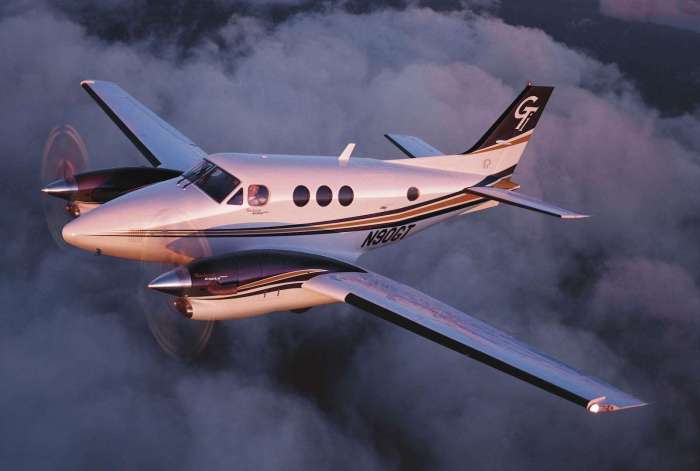
Beta range turboprops prioritize safety through advanced design features and stringent regulations. These aircraft incorporate redundant systems, such as dual engines and hydraulics, to minimize the risk of catastrophic failures. They also feature sophisticated avionics and navigation systems that enhance situational awareness and reduce pilot workload.
Regulations
The operation of beta range turboprops is governed by strict regulations established by aviation authorities worldwide. These regulations cover aspects such as aircraft design, maintenance, and pilot training. Adherence to these regulations ensures that beta range turboprops meet the highest safety standards and operate within established safety margins.
Training and Certification
Pilots who fly beta range turboprops must undergo specialized training and certification programs. These programs provide comprehensive instruction on the aircraft’s systems, emergency procedures, and performance characteristics. Pilots must also demonstrate proficiency in handling the aircraft in various flight conditions before being certified to operate beta range turboprops.
Market and Future Trends
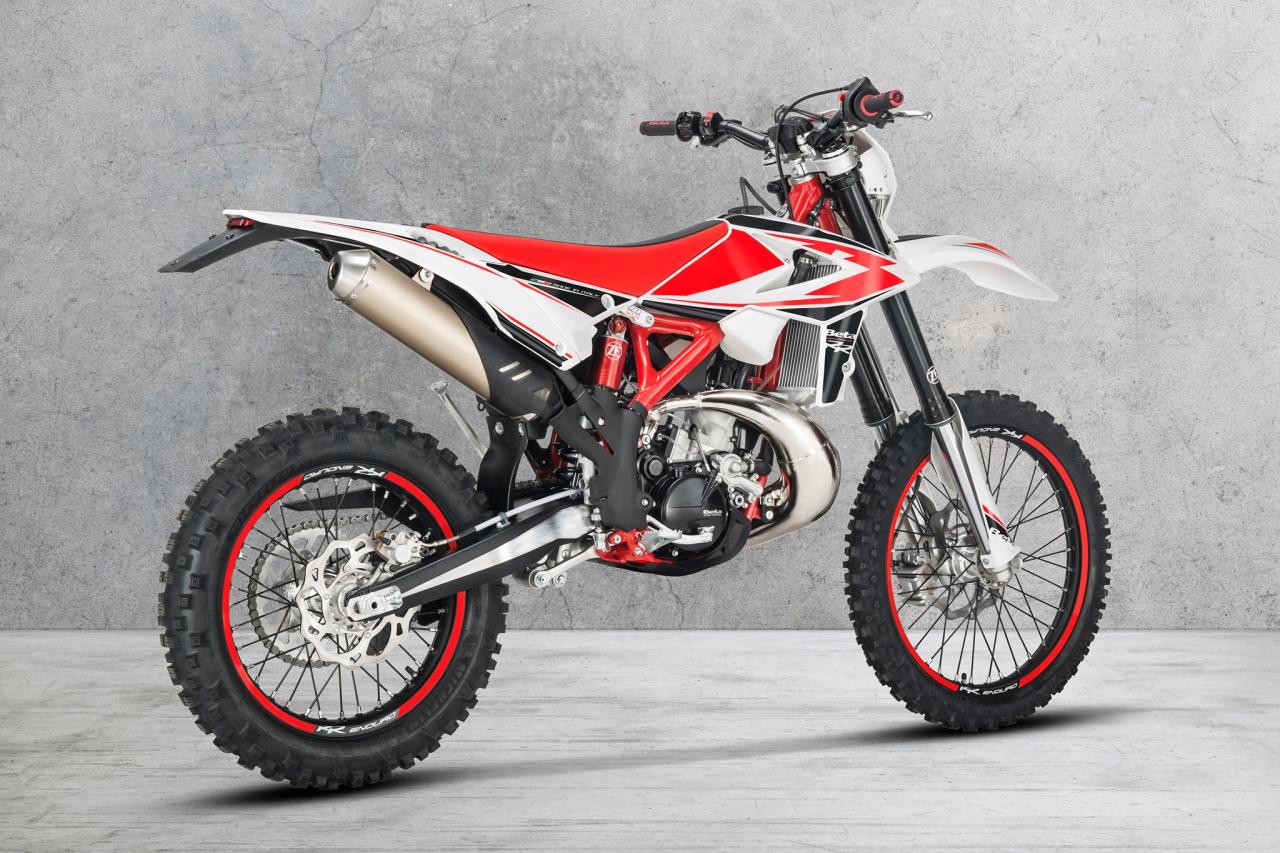
The market for beta range turboprops is experiencing steady growth, driven by increasing demand for regional air travel and the need for efficient and versatile aircraft. Technological advancements, such as the development of more fuel-efficient engines and advanced avionics systems, are further fueling market expansion.
Emerging trends in the beta range turboprop industry include the adoption of sustainable aviation practices, such as the use of biofuels and hybrid-electric propulsion systems. Additionally, the development of autonomous flight technologies is expected to have a significant impact on the industry, enabling new applications and enhancing safety.
Key Market Drivers
- Increasing demand for regional air travel
- Need for efficient and versatile aircraft
- Technological advancements in engines and avionics
Future Developments
- Adoption of sustainable aviation practices
- Development of autonomous flight technologies
- Expansion into new applications, such as cargo transport and military operations
Detailed FAQs
What sets beta range turboprops apart from other aircraft types?
Beta range turboprops combine the fuel efficiency of turboprops with the extended range capabilities of jets, offering a unique balance of speed, endurance, and versatility.
Where are beta range turboprops commonly used?
These aircraft excel in a wide range of applications, including regional air transport, cargo перевозки, maritime patrol, and specialized missions.
What are the key design considerations for beta range turboprops?
Designing beta range turboprops involves optimizing aerodynamic efficiency, maximizing fuel capacity, and integrating advanced avionics and propulsion systems.